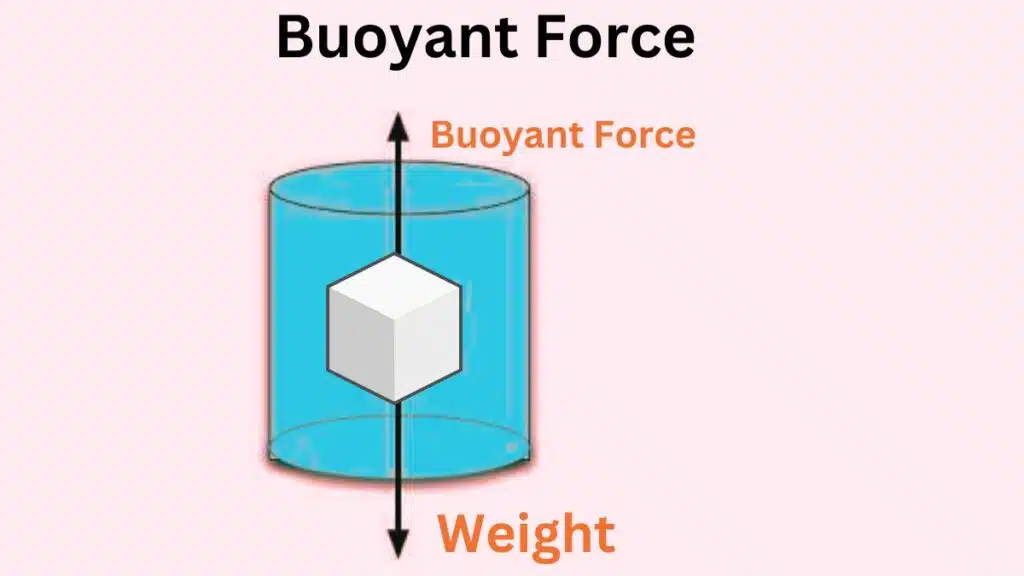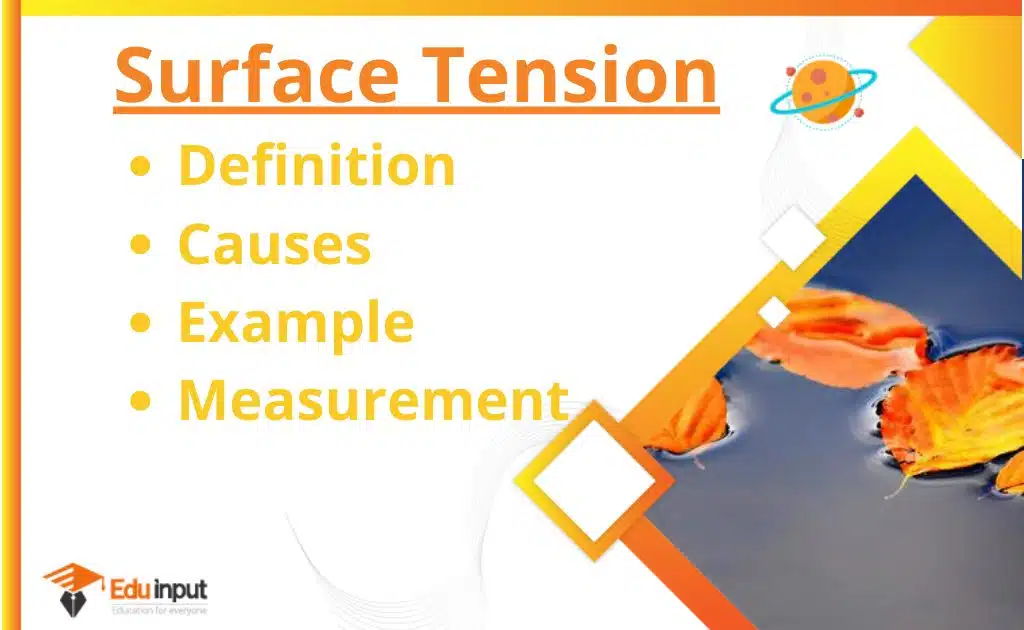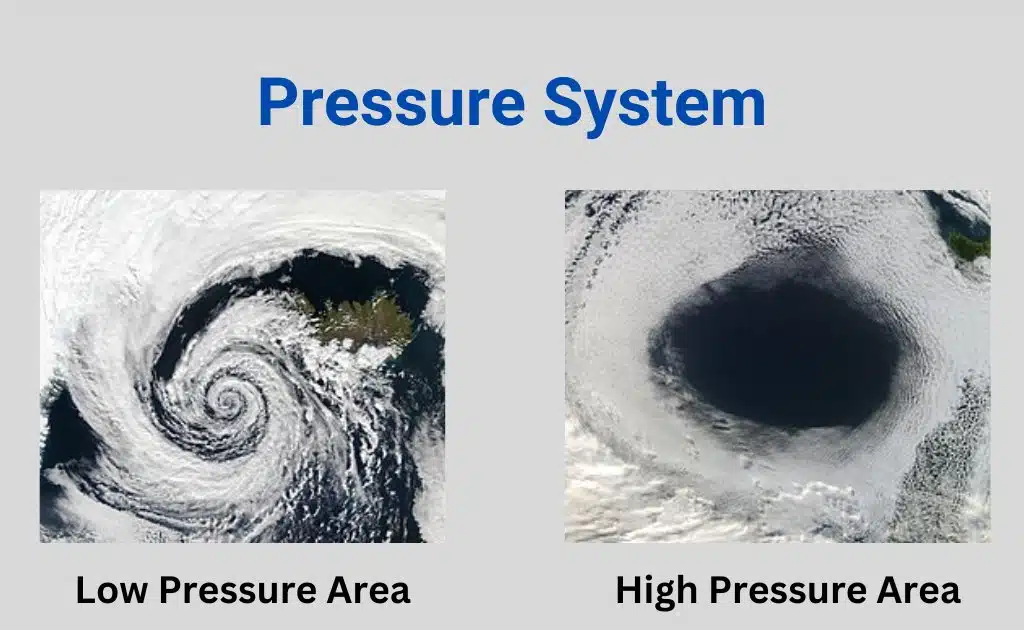Buoyant Force-Definition, Cause, Demonstration, And Applications
The buoyant force is a fundamental principle of physics that explains why objects float or sink in fluids like water.
Buoyancy is the inherent ability of an object to remain afloat when placed in a fluid medium. Whenever an object is submerged in a liquid or gas under the influence of gravity, it experiences an upward force called the buoyant force.
This force arises due to the unequal pressure exerted by the fluid on different parts of the object’s surface, which ultimately leads to buoyancy.
What Is Buoyant Force?
Buoyant force, also known as buoyancy, is the upward force exerted by a fluid on an immersed object. This force opposes the weight of the object and determines whether it will float or sink in the fluid. The buoyant force is responsible for the seemingly magical ability of objects to defy gravity and remain afloat.
What Causes Buoyant Force?
The key factor behind the existence of buoyant force is the difference in pressure between the top and bottom of an immersed object. When an object is submerged in a fluid, such as water, the fluid exerts pressure on all sides of the object. The pressure increases with depth due to the weight of the fluid above it.

The pressure difference between the top and bottom surfaces of the object creates an upward force known as buoyant force. This force is proportional to the volume of the fluid displaced by the object. According to Archimedes’ principle, the buoyant force is equal to the weight of the fluid displaced by the object.
Demonstration of Buoyant Force
Let’s conduct a simple demonstration to understand buoyant force better. Take a container filled with water and place a small object, such as a cork or a plastic toy, into it. Observe how the object interacts with the water. You will notice that the object floats on the water’s surface due to the buoyant force.
The buoyant force acting on the object is equal to the weight of the water displaced by the object. The lighter the object is compared to the weight of the displaced water, the more it will float on the surface.
Why Does an Object Float or Sink in Water?
Whether an object floats or sinks in water depends on the relative density of the object and the fluid it is immersed in. If the object is less dense than the fluid, it will experience an upward buoyant force greater than its own weight, causing it to float. Conversely, if the object is denser than the fluid, the buoyant force will be less than its weight, leading to sinking.
This concept is best illustrated by considering a solid object like a wooden block. Wood is less dense than water, so when a wooden block is placed in water, it displaces a volume of water greater than its own weight. As a result, the buoyant force exceeds the weight of the block, allowing it to float.
Applications of Buoyant Force
Buoyant force finds practical applications in various aspects of our lives. Some notable examples include:
- Ship and submarine design: Understanding buoyancy is crucial for designing ships and submarines that can float and maneuver in water.
- Hot air balloons: Buoyancy is utilized in hot air balloons to lift them off the ground and allow controlled flight.
- Swimmers and divers: Buoyant force helps swimmers and divers float and stay afloat in water, making it easier to swim and perform underwater activities.
- Life jackets and buoys: Life jackets and buoys utilize buoyant force to keep individuals afloat and ensure their safety in the water.
Related FAQs
What is buoyancy in simple words?
Buoyancy in simple terms is the tendency of an object to float or rise when placed in a fluid.
What does buoyant force depend on?
The buoyant force depends on the volume of the displaced fluid and the density of the fluid.
Is water a buoyant force?
Yes, water exerts a buoyant force on objects immersed in it.







Leave a Reply